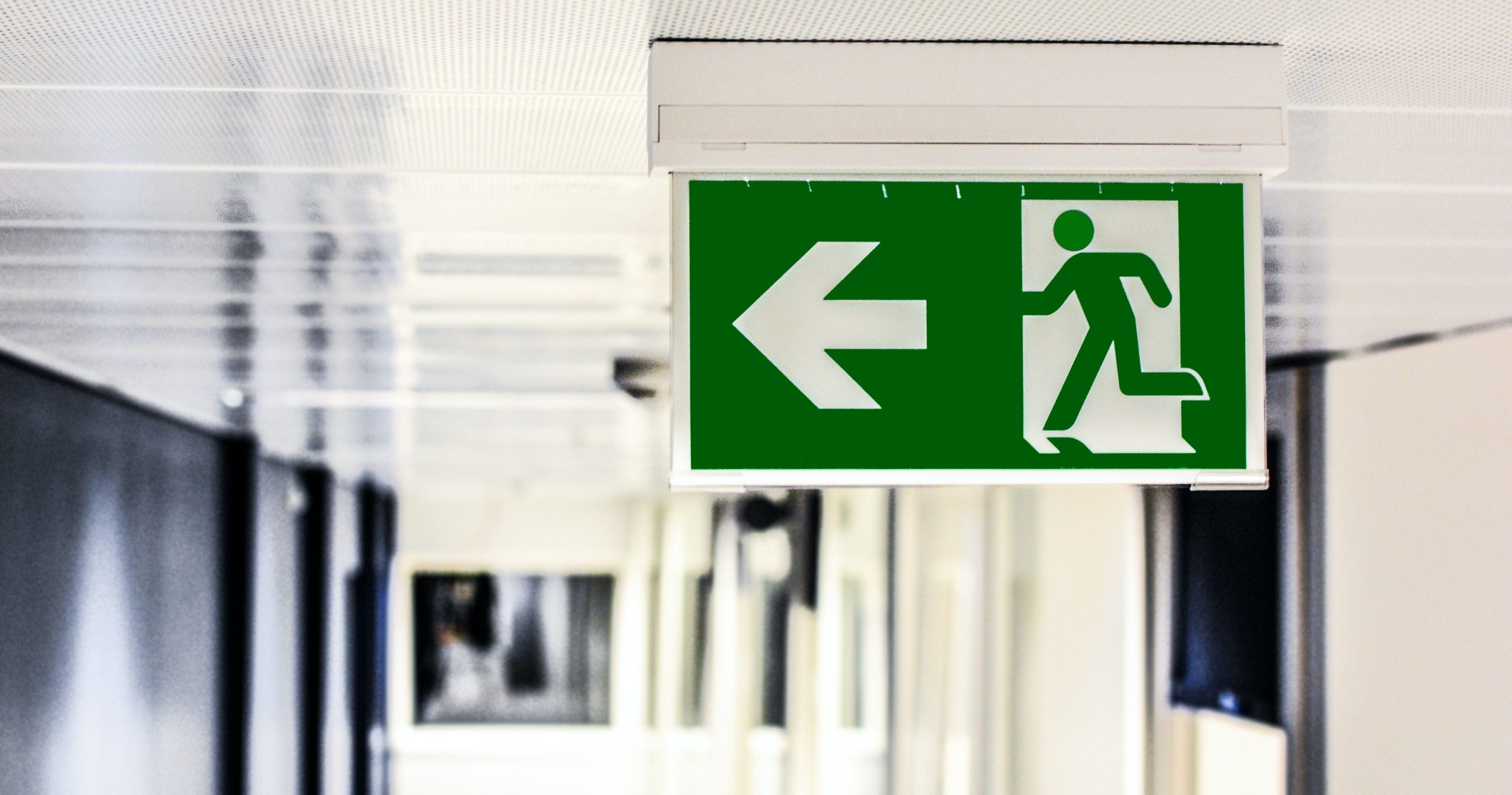Where to Install Emergency Lighting and Exit Signs: The Complete Guide
Whether you’re outfitting a new building or retrofitting an existing one, it’s important to know where to install emergency lighting and exit signs. Not only do these lights and signs provide critical guidance in an emergency, but they’re also required by many safety regulations. Here are a few tips from emergency and exit light wholesale experts on how to strategically place emergency lights and exit signs.
Hallways and Corridors
Hallways and corridors are the places where people are likely to be moving quickly and may become disoriented or panic during emergencies. Installing emergency lighting and exit signs in these areas is therefore of utmost importance. In hallways and corridors, it is recommended to install emergency lights at regular intervals, and this ensures that there is adequate coverage and minimises any potential blind spots. Exit signs, on the other hand, should be strategically placed to clearly indicate the direction of the nearest exit. They should be mounted above doorways and be visible from any point in the hallway or corridor. When installing emergency lighting and exit signs in hallways and corridors, it’s crucial to work with reputable emergency light wholesale suppliers. These suppliers can provide high-quality products that meet all safety regulations and standards.
Stairwells
Stairwells are the lifelines when elevators are out of order or during fire emergencies. Here, exit signs play a pivotal role in guiding people to the nearest escape route. Install these signs above staircases and at each landing, ensuring that no matter where individuals are on the stairs, they know exactly where to head for safety. Emergency lighting in stairwells is equally crucial, as it prevents accidents on the stairs and enables people to navigate confidently.
Elevator Lobbies
Elevator lobbies serve as transition zones between different floors and are usually congregational points. Placing exit signs in these areas ensures that occupants can swiftly locate the nearest exit route. As elevators might be non-functional during emergencies, these signs play a critical role in guiding individuals towards an alternative path to safety. By using illuminated exit signs, even in low light or smoky conditions, occupants can quickly identify the location of the nearest exit.
Entrances and Exits
Entrances and exits are the gateways between the building’s interior and the outside world. It’s essential to install exit signs above these points to guide people to safety when they’re leaving the building. In the case of entrances, these signs also serve as a beacon for new arrivals to locate the exit routes from the get-go. Emergency lighting in these areas ensures that individuals can confidently traverse between the interior and the exterior, even in low-light conditions.
Large Open Areas
Large open areas pose unique challenges when it comes to installing emergency lighting and exit signs. These areas, such as auditoriums, warehouses, or conference rooms, typically have expansive spaces and minimal barriers. Therefore, it is essential to strategically place emergency lighting and exit signs to ensure the safety of building occupants in case of an emergency. This can be achieved by installing ceiling-mounted emergency lights or wall-mounted lights placed at regular intervals.
Wrapping Up
Emergency lighting and exit signs are symbols of security when darkness strikes. By strategically situating exit signs and emergency lighting, you create a reliable path to safety. Looking to buy emergency light exit sign wholesale? Check https://www.firefactory.com.au/ now.
